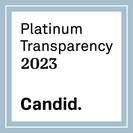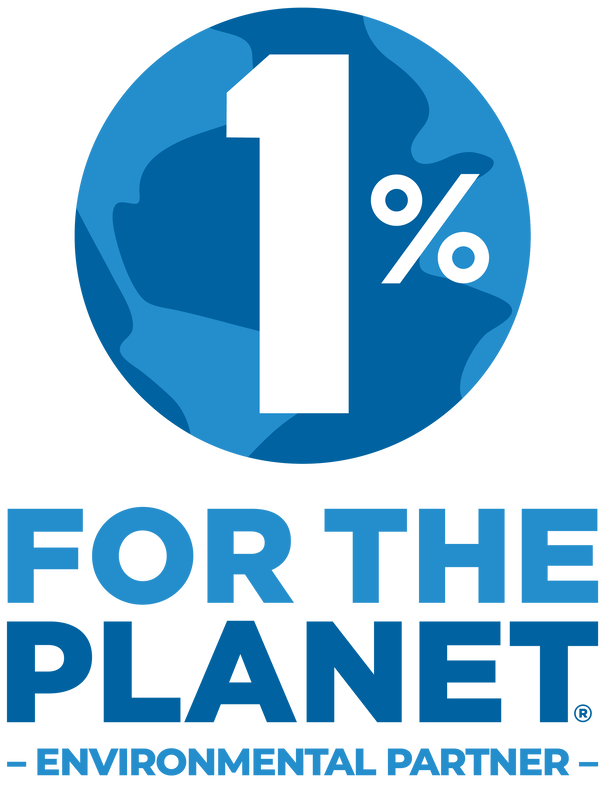Strawberry Point Elementary School's Remarkable Journey to Platinum Zero Waste Certification11/27/2023 In the heart of Mill Valley, California, a school community was buzzing with excitement, and the air was filled with cheers of triumph. This was a day to celebrate, as Strawberry Point Elementary School accomplished something extraordinary—they became the very first school to earn Platinum Certification in the Zero Waste Marin Schools Program. “This means we’ve been incredible at sorting our trash!” a student leader announced to her community during the all-school assembly. “Let’s keep it going!”
0 Comments
On a typically sunny San Diego afternoon, I met Dawn Wirts, a 9th grade physics teacher at High Tech High International, to drop off her air quality monitoring classroom kit. She offered me a campus tour and excitedly showed me around the school’s bright entryway, greeting almost every student along the way. During this first visit, the hallways were empty of the environmental murals and activism art that would soon fill them as a result of Dawn’s students’ participation in Energize Schools' annual People and Planet Challenge and Air Quality Program.
In partnership with the Zero Waste Schools Program, SEI helps schools in Marin County, California, reach their zero waste goals. Our schools compost organic materials, recover edible food, and educate students about waste sorting practices. But none of these initiatives would be possible without our zero waste superheroes: the custodians!
Helping with waste reduction, sorting, and pick up, custodians are the people who make zero waste initiatives possible and move them forward behind the scenes. We are so grateful for their work. Our team is proud to spotlight three custodians who are doing an outstanding, above-and-beyond job supporting students on their waste sorting journey. Spearheaded by their co-leaders, Timothy Lee and Trinity Ly, Summit Shasta‘s Environment Club conducted a four-day waste-sorting audit (seeing what waste could have been recycled or composted rather than thrown into the trash) to educate the school community on the importance of recycling and composting. Their resulting campaign was announced a winner of the of SEI's Earth Day Challenge.
When I met Sam Huang, a senior at Rosemead High School in Rosemead, CA, their passion for encouraging climate action shone through immediately. Though just a few days from graduation, Sam was thinking about how to support their garden club with summer volunteer work before heading off to college to study education. Sam and I spoke soon after they were announced as the Southern California winner of Energize Schools' Earth Day Challenge for their social media campaign urging their school community to improve their local and global environments through small changes to their daily habits.
By Alaitz Aritza SEI staff presents on air quality mapping at virtual teacher training While conducting outreach for SEI’s Air Quality Education Program, I met with Dawn Castillo, a teacher on a special assignment focused on building science curriculum in the Sweetwater Union School District. Dawn asked if she could hold on to one of SEI’s air quality testing kits, with the hope that she might be able to interest one or two teachers at her district in participating in SEI’s air quality education program down the line.
The curriculum Dawn requested focuses on air quality and environmental justice. Our team’s goal is to share this curriculum with teachers, free of charge, and give them the necessary resources to implement the curriculum in their classrooms. In particular, we hoped to share our air quality curriculum with teachers and students who are disproportionately impacted by poor air quality, so we were thrilled to have Dawn on board to help us recruit teachers from the Sweetwater District. In addition to curriculum, we also supply teachers with air quality testing kits and professional guidance for troubleshooting the equipment. During air quality lessons, students engage with an online mapping application to track local and regional air quality before developing an action plan to address these issues in their communities. By Fernando Gil In spring 2021, SEI hosted a virtual Energy Challenge, giving students a fun opportunity to learn about energy conservation, help spread awareness about energy use and climate change, and win scholarships to support their future college and career goals. In partnership with Whitehorse School in the Navajo Nation, Swinerton Renewable Energy, and Heart of America, SEI made this programming available to students fully offline, as 80% of students there do not have access to the Internet at home. This meant creating alternatives for all the online aspects of the original challenge, including educational resources and ways for students to share their work. The transition was a success as Whitehorse seniors were able to engage with content and launch creative energy conservation campaigns including presentations, poems, and infographics. Energy Conservation Poem by Xavier Martin Energy Campaign Reflection by Diana Whitehair
The Story of Eco Club: Students Engage in Impressive Environmental Action Throughout the Pandemic4/20/2021 By Giselle Serafin and Jessica Redden Eco Club co-founders Beatrix and Nana Nana and Beatrix both started at John Burroughs High School in the fall of 2020 - right in the middle of the pandemic. They had met in middle school, where they were Co-Presidents of the Activism Club. The two decided to start an Eco Club, narrowing their focus to the environment because of its many ties to other issues they are passionate about. As Eco Club Co-Founders and Co-Presidents, Nana and Beatrix have created an impressive community wide environmental stewardship effort, all through online platforms, while only in their freshman year of high school. In fall of 2020, the Eco Club participated in SEI’s Energy Challenge, and created a campaign that educated their fellow students about the importance of conserving energy through social media posts, videos and posters. They were ultimately the winners of the challenge! Eco Club's posters from their Energy Challenge Campaign Driven by the capabilities of community education, Nana noted how participating in the challenge helped them learn different skills,“We found the Energy Challenge and got more inspired on how to use skills to advocate like on social media.” As winners, they used their prize money to buy reusable tote bags which they plan to sell and raise funds for their club and also to buy gifts as a thank you to frontline workers in their community.
By Fernando Gil
Following the 2020 Energy Challenge, our team at SEI’s Energize Schools program was looking for new ways to get students excited about participating in our Earth Day Challenge. We wanted to find an engaging and entertaining way to educate students about environmental issues and their possible solutions. To me, the obvious choice was a video game. Creating a video game hadn’t been feasible for SEI in the past, but my background in coding and engineering provided the missing pieces to make it a reality. My concept was simple, a 2D platformer (like Super Mario) with levels for different topics we wanted to cover for Earth Day. Named “Duckie’s Adventures: Earth Day,” students play as a duck who uses their knowledge of sustainability to tackle several environmental issues. By Giselle Serafin Smoke from the 2020 California wildfires. Photo: NASA Throughout the devastating 2020 fire season in California and beyond, students felt the direct impact of extreme poor air quality in real time. This experience brought up a lot of questions, curiosity, and concerns about the impact of air pollution on themselves, their families, and their communities.
In January SEI worked with 7th grade science classes at Black Diamond Middle School in Antioch, California to bring SEI’s Air Quality curriculum to their classes. Through this curriculum, students are introduced to air quality science, air quality monitoring the intersection of air quality and environmental justice, and air quality policy. To make the classroom content more engaging, students learn about local air quality issues and solutions employed by nearby community organizers. Wrapping up their air quality lessons, these students were guided through an action planning project to help improve the air quality in their community. After Black Diamond students completed their air quality project, SEI followed up with a survey to understand what they took away from learning about air quality and its impact on their community. When asked “Do you believe that as an individual, you have the ability to reduce air pollution? Why or why not?,” students responded with a nuanced understanding of the roles of individuals, communities, and professionals in implementing air pollution reduction strategies. Although students were ready to take on individual actions like biking or carpooling, many also noted that it is up to everyone to take part in change. Here are some student reflections on the question: |
Get In TouchDo you know an environmental leader who should be featured in a story? Reach out to [email protected]. Categories
All
Archives
April 2024
|
Get Involved
|
Contact Us
|
SEI Headquarters
100 Smith Ranch Road, Suite 124 San Rafael, CA 94903 Phone: (415) 507 - 2181 Email: [email protected] States where we work:
Arizona California Colorado Indiana Maryland New Mexico New York New Jersey North Carolina Oregon Washington Virginia |
ConnectSubscribe to the SEI quarterly newsletter to get involved and receive updates
|
SEI is a 501(c)3 nonprofit organization.

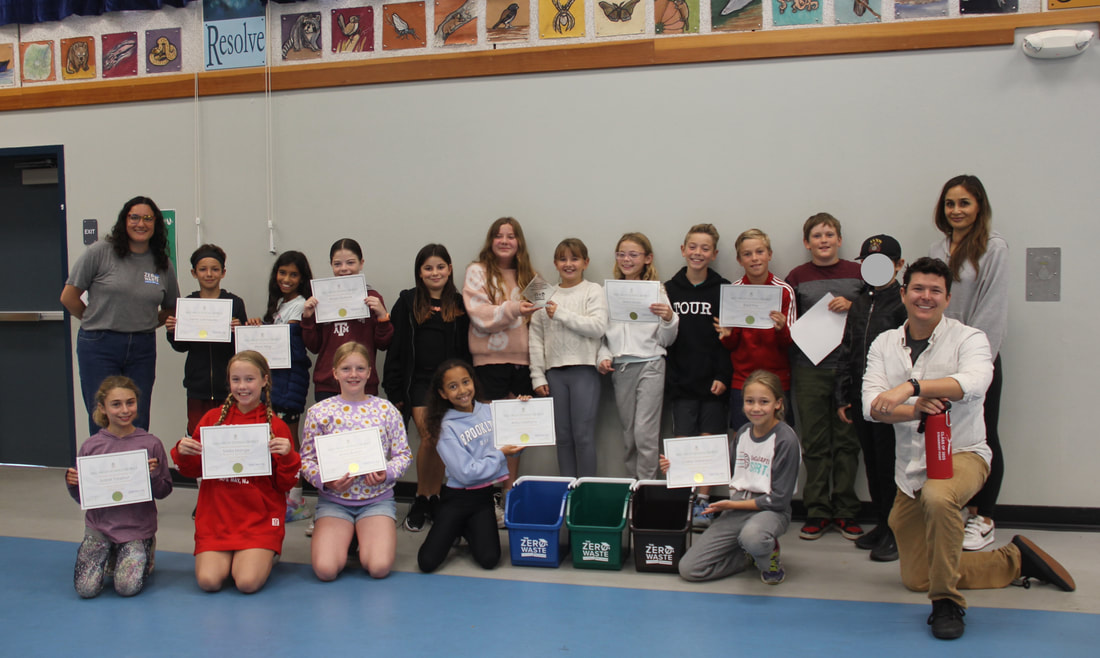
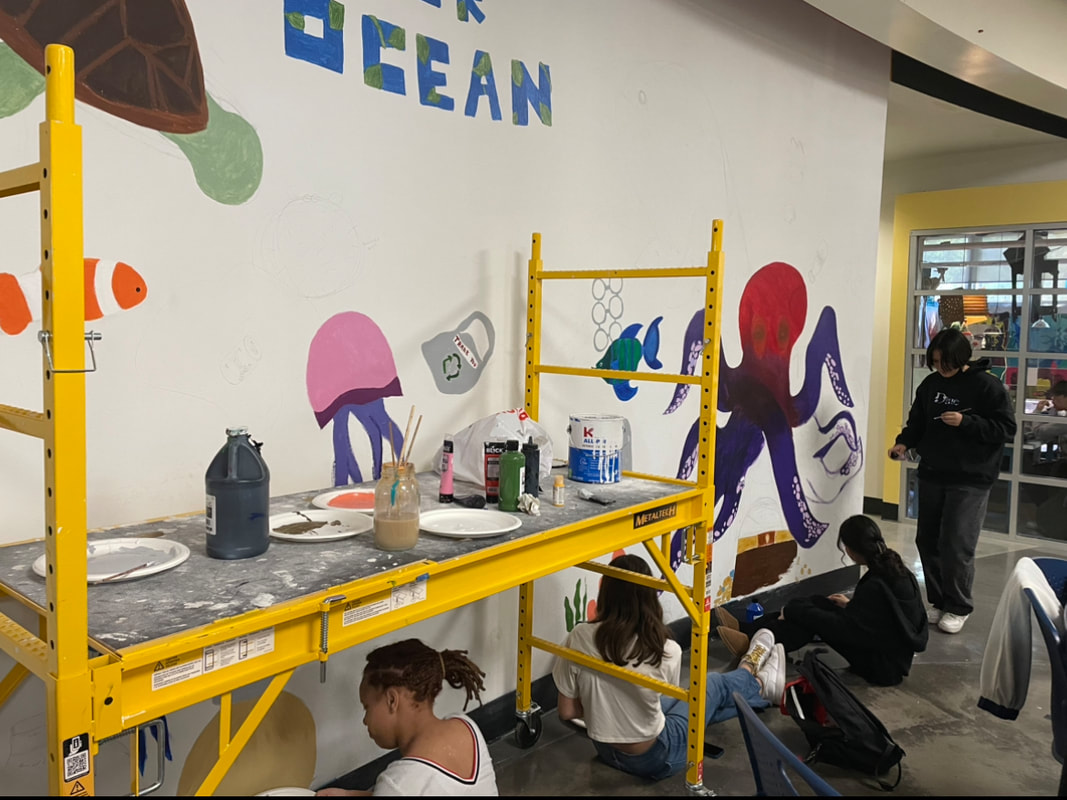
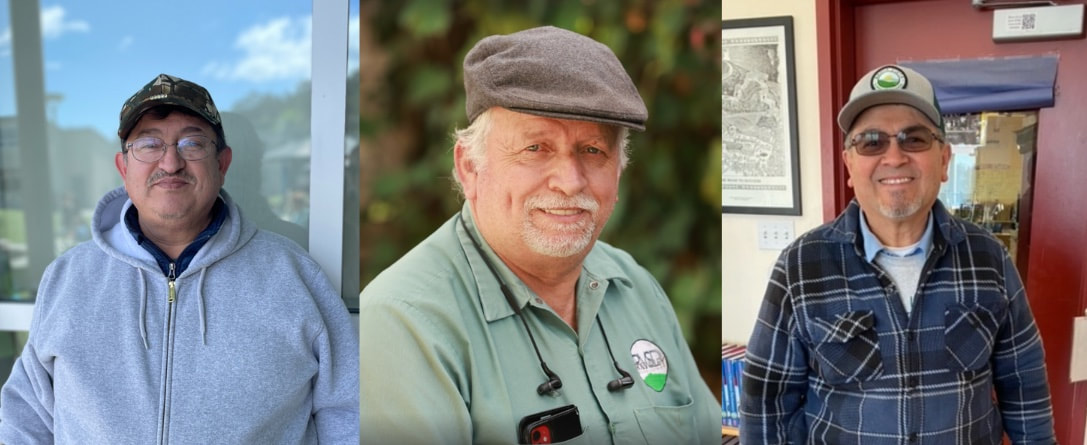
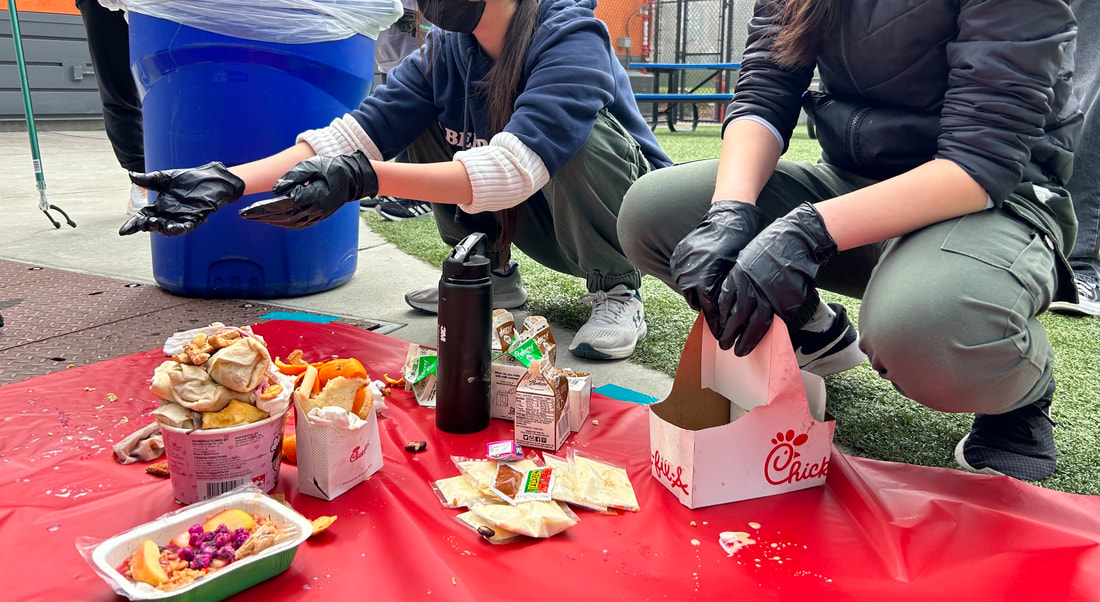
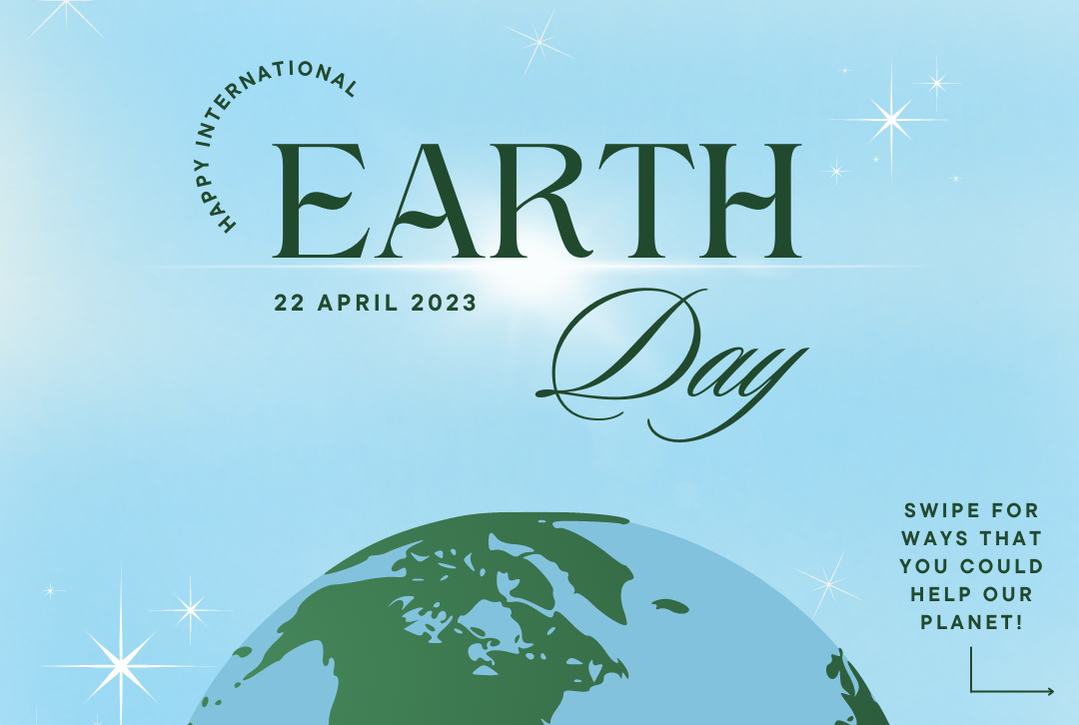
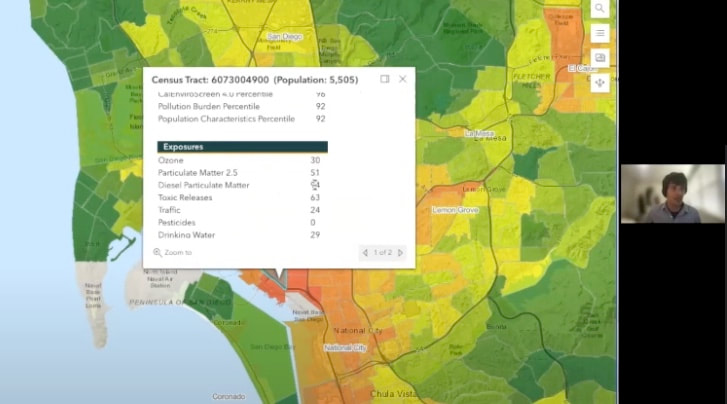
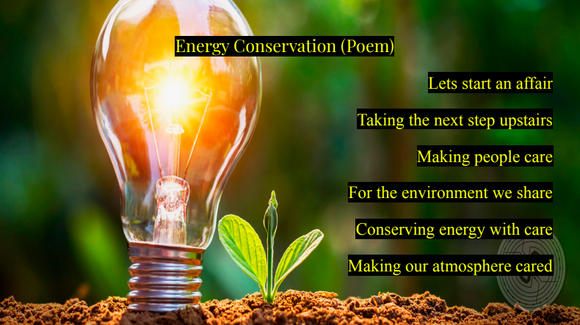
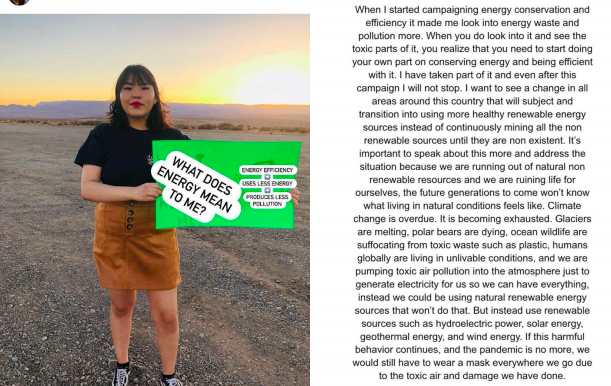
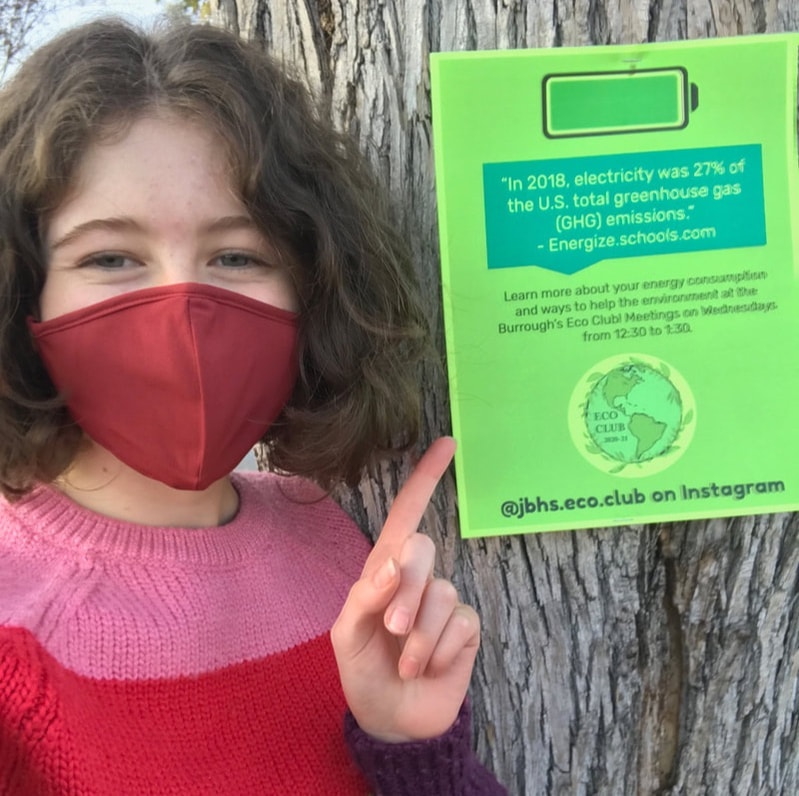
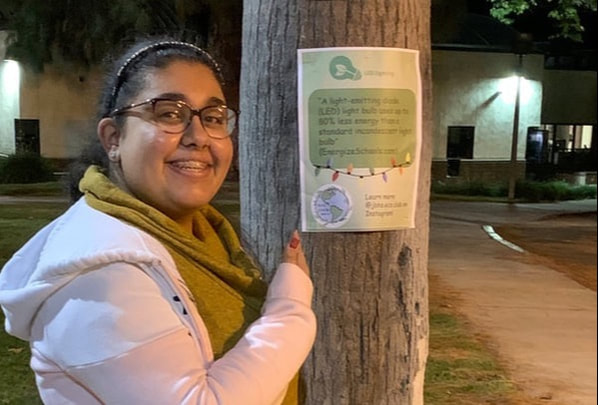
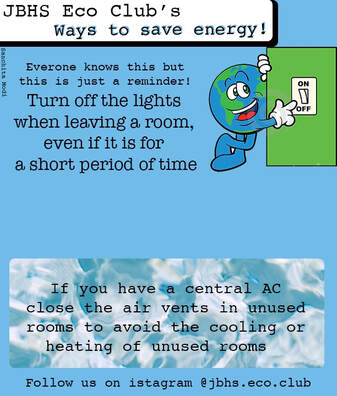

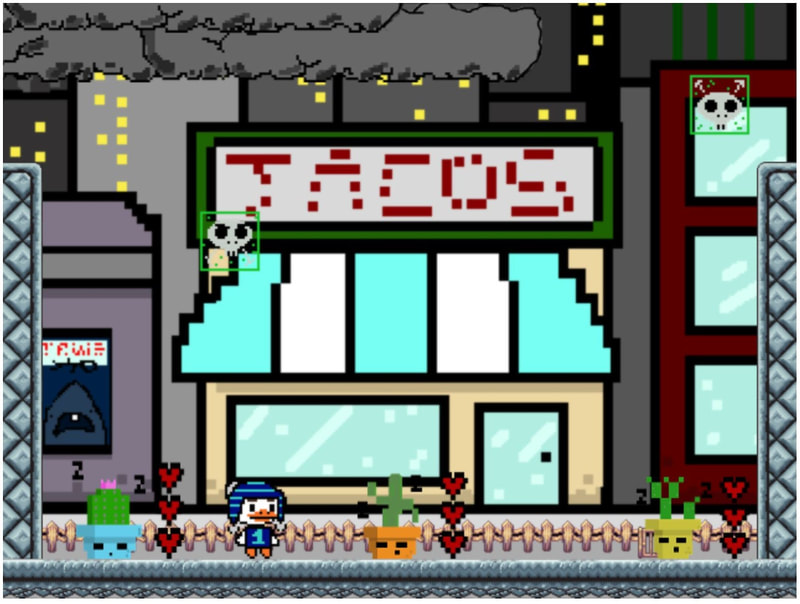
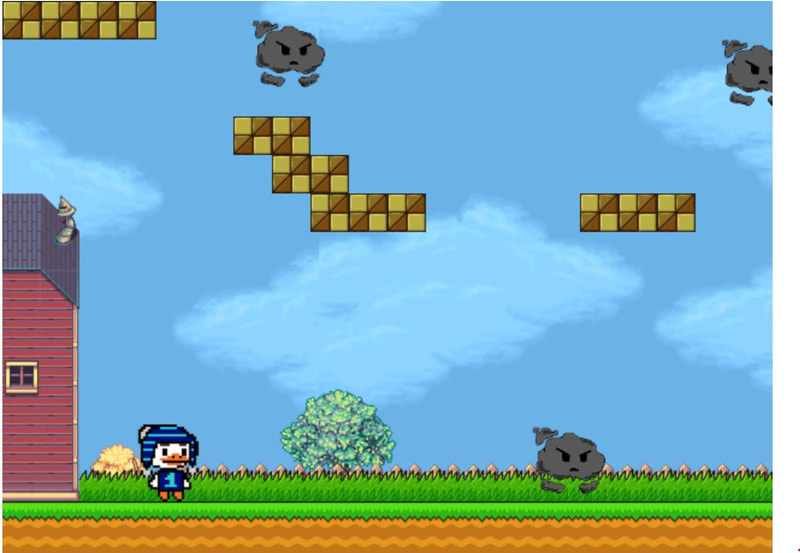
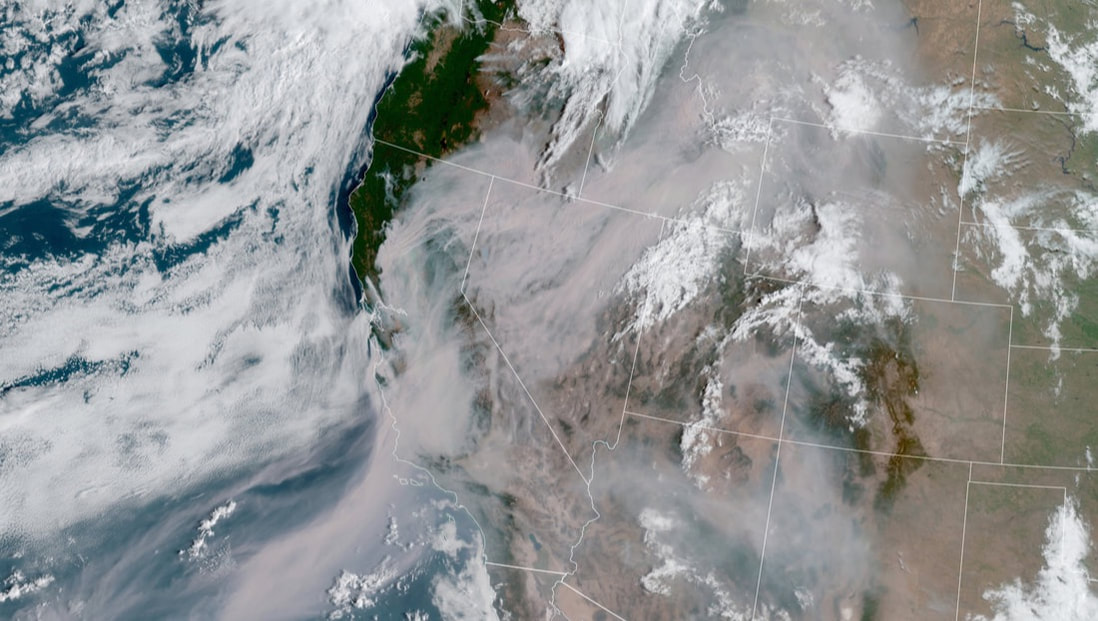
 RSS Feed
RSS Feed
